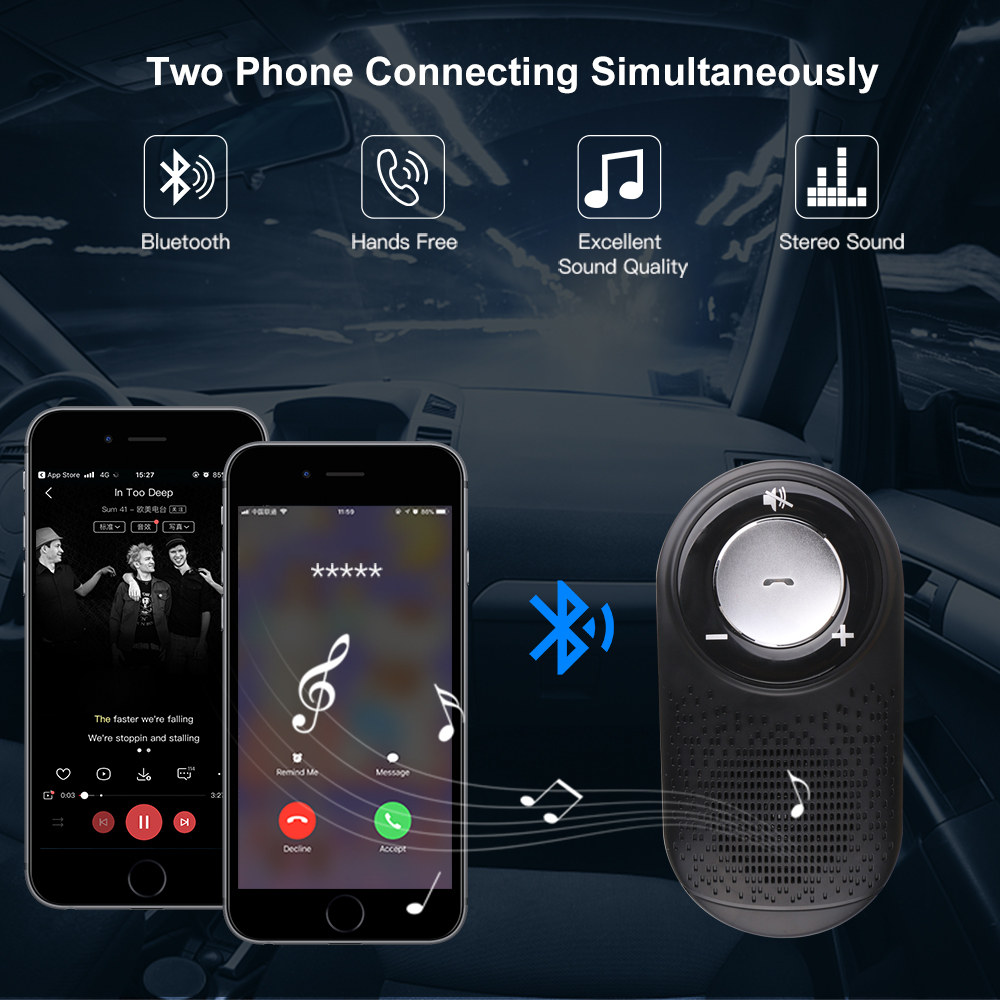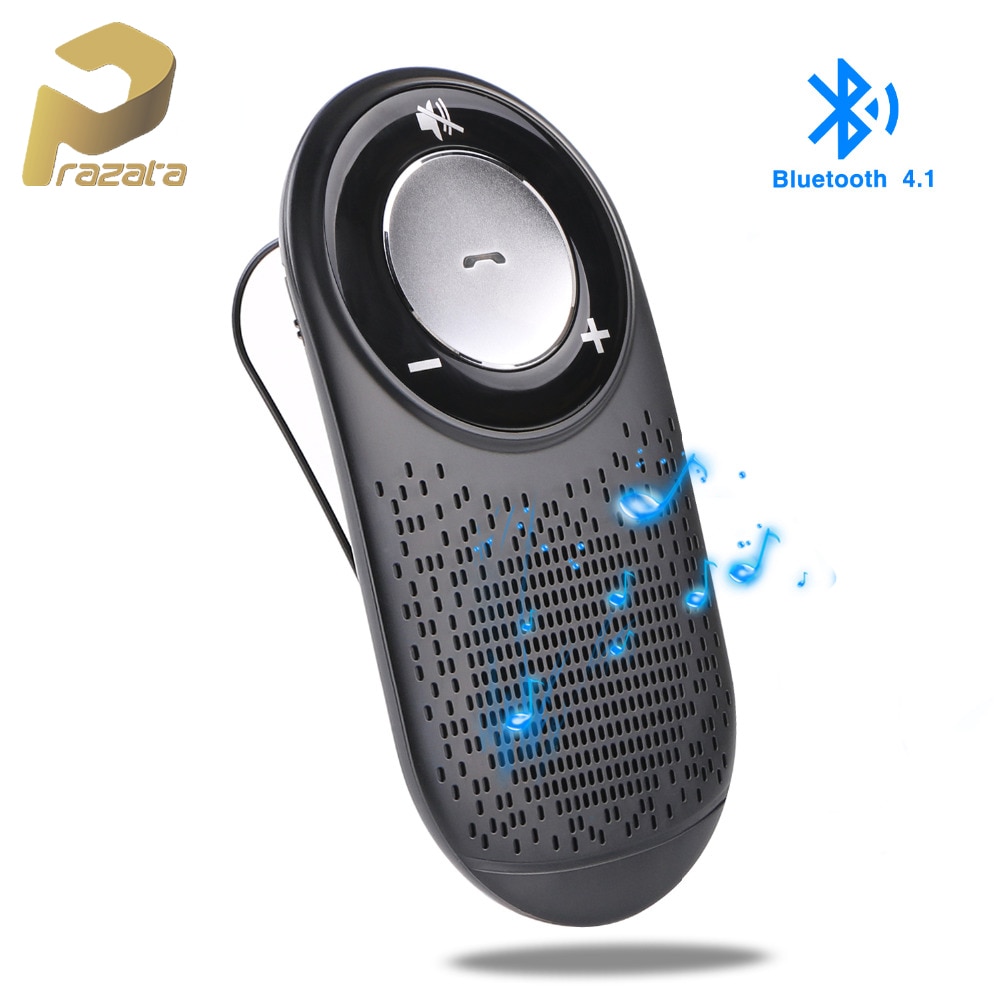
How to Pair Multiple Phones with Your Car’s Bluetooth: A Complete Guide
Modern cars offer a wealth of convenience features, and Bluetooth connectivity is among the most popular. It allows you to make hands-free calls, stream music, and even access navigation apps, all without taking your hands off the wheel. While most drivers primarily use Bluetooth to connect their personal smartphone, many situations arise where you might want to pair multiple devices. Perhaps you share a vehicle with a partner, or you need to connect a work phone alongside your personal one.
The good news is that most modern car Bluetooth systems support pairing with multiple devices. However, the process and capabilities can vary significantly between manufacturers and even models. This guide will walk you through the general steps, common considerations, and troubleshooting tips to ensure a smooth experience.
Why Pair Multiple Phones with Car Bluetooth?
Before diving into the "how," let’s consider why you might want to connect multiple phones:
- Shared Vehicle: If a car is used by multiple family members or colleagues, each person can have their phone paired for personalized access.
- Work and Personal Phones: Many professionals carry both a work and personal smartphone. Pairing both allows seamless switching between calls and music sources.
- Travel and Road Trips: When traveling with others, pairing multiple devices allows passengers to take turns controlling the music or using navigation apps.
- Guest Drivers: If you occasionally lend your car to friends or family, they can easily pair their phone for hands-free communication and entertainment.
General Steps for Pairing Multiple Phones
While the exact menu names and button locations will vary, the general process for pairing multiple phones with your car’s Bluetooth system follows these steps:
-
Enter Pairing Mode on Your Car’s System:
- Access the Infotainment System: Turn on your car’s ignition and navigate to the main menu of the infotainment system.
- Find the Bluetooth Settings: Look for a "Settings," "Connectivity," or "Phone" option in the menu.
- Select Bluetooth: Choose the Bluetooth settings within the connectivity menu.
- Initiate Pairing: Look for an option like "Add Device," "Pair New Device," or "Search for Devices." Selecting this will put your car’s Bluetooth system into pairing mode, making it discoverable to nearby devices.
-
Enable Bluetooth on Your Smartphone:
- Open Settings: On your smartphone (Android or iOS), open the Settings app.
- Find Bluetooth: Locate the Bluetooth settings within the Connections or Wireless & Networks section.
- Turn On Bluetooth: Toggle the Bluetooth switch to the "On" position. Your phone will begin searching for available devices.
-
Select Your Car’s Bluetooth System:
- Device List: After a few moments, your car’s Bluetooth system name (usually the car’s make and model or a generic name like "My Car") should appear in the list of available devices on your smartphone.
- Select to Pair: Tap on your car’s Bluetooth system name to initiate the pairing process.
-
Confirm the Pairing Code:
- Pairing Code Prompt: Both your car’s infotainment screen and your smartphone will display a pairing code (a series of numbers).
- Verify and Confirm: Ensure the code is identical on both devices. If it is, confirm the pairing on both your car’s screen and your smartphone. You may need to tap "Pair," "OK," or "Yes."
-
Grant Permissions (if prompted):
- Access Requests: Your smartphone may ask for permission to access your contacts, call history, or other data.
- Grant or Deny: Choose whether to grant these permissions based on your preferences. Granting access to contacts, for example, will allow you to make calls using voice commands and see caller ID information on your car’s screen.
-
Repeat for Additional Phones:
- Return to Pairing Mode: Once the first phone is successfully paired, repeat steps 1-5 for each additional phone you want to connect. Most car Bluetooth systems can store pairing information for multiple devices, but the number of devices that can be simultaneously connected is usually limited to one or two.
Important Considerations
- Simultaneous Connections: Most car Bluetooth systems only allow one phone to be actively connected for calls and audio streaming at a time. However, the system can usually store pairing information for multiple devices.
- Prioritization: Some cars allow you to prioritize which phone will be automatically connected when the car starts. Check your owner’s manual or infotainment system settings to see if this feature is available.
- Automatic Connection: In many cases, the car’s Bluetooth system will automatically connect to the last connected phone when the car is started, provided that the phone’s Bluetooth is turned on and the phone is within range.
- Switching Devices: If multiple phones are paired, you may need to manually select the desired phone from the infotainment system’s Bluetooth menu to switch between them.
- Compatibility: While Bluetooth is a universal standard, compatibility issues can sometimes arise between certain phones and car Bluetooth systems. If you experience problems, check for firmware updates for your car’s infotainment system or software updates for your smartphone.
- Security: Be mindful of who has access to your paired devices. If you sell or trade in your car, be sure to delete all paired devices from the Bluetooth system to protect your personal information.
Troubleshooting Tips
- Ensure Bluetooth is Enabled: Make sure Bluetooth is turned on both on your car’s infotainment system and on your smartphone.
- Check for Compatibility: Verify that your smartphone is compatible with your car’s Bluetooth system. Consult your car’s owner’s manual or the manufacturer’s website for a list of compatible devices.
- Clear Paired Devices: If you’re having trouble pairing a new phone, try deleting previously paired devices from both your car’s Bluetooth system and your smartphone.
- Restart Devices: Sometimes, simply restarting your car’s infotainment system and your smartphone can resolve pairing issues.
- Update Software: Ensure that your car’s infotainment system and your smartphone have the latest software updates installed.
- Distance: Make sure your phone is within a reasonable range of the car’s Bluetooth system during the pairing process (usually within 10 feet).
- Interference: Bluetooth signals can be affected by interference from other electronic devices. Try moving away from potential sources of interference, such as microwaves or Wi-Fi routers.
- Consult the Owner’s Manual: Your car’s owner’s manual is an invaluable resource for information about your specific Bluetooth system. Refer to it for detailed instructions and troubleshooting tips.
- Factory Reset: As a last resort, you can try performing a factory reset on your car’s infotainment system. However, be aware that this will erase all saved settings and data.
Conclusion
Pairing multiple phones with your car’s Bluetooth system can greatly enhance convenience and flexibility, especially in shared vehicles or situations where you need to manage both personal and work communications on the road. By following these steps, understanding the considerations, and troubleshooting common issues, you can enjoy seamless hands-free calling, music streaming, and navigation while keeping your focus on driving safely. Remember to consult your car’s owner’s manual for specific instructions and compatibility information related to your vehicle’s Bluetooth system.
